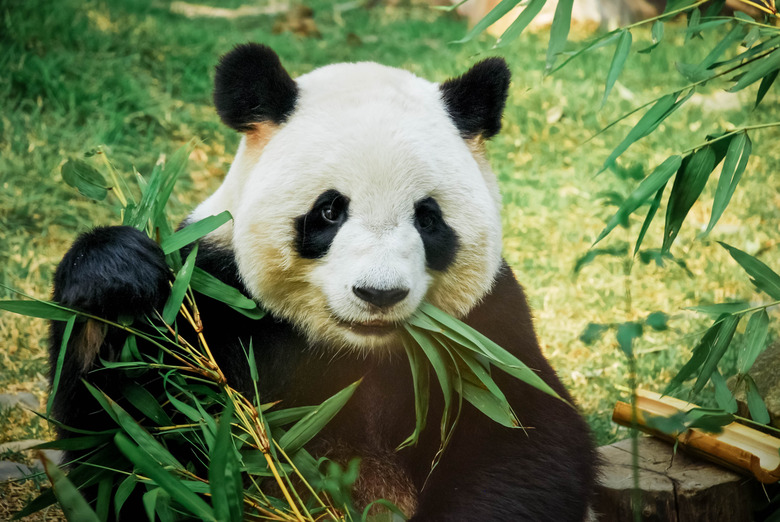What Are The Causes Of Animals Becoming Endangered?
Although natural forces can destroy or strain an animal population, increasingly the activities of man have caused a large numbers of animals to become endangered. Admittedly some animals and plants, especially domesticated ones such as crops, livestock, and pets, have benefited and even flourished from the alterations man has made to the world. However, some animal populations have been placed under tremendous pressure as the result of these changes and, in some cases, the populations are dropping to significantly lower levels. Small populations or organisms with a limited distribution are extremely sensitive to the factors causing endangerment, whether one relies on the ordinary sense of the word or the endangered species definition embodied in federal law.
Loss of Habitat
Loss of Habitat
One of the most significant causes of endangered animals is habitat loss. While habitat may be lost due to natural forces (climate shifts, geologic changes), much of the habitat lost today is due to human activity. The construction of dams, highways, canals, urbanization, and agriculture dramatically affect the inhabitants of native ecosystems. Even when portions of the ecosystem remain intact creating "islands," the resulting habitat may be too small or too widely dispersed to support a species.
Invasive Species
Invasive Species
Invasive species are one of the key biotic reasons for animals being endangered. Many species arriving in a new ecosystem are ill-adapted and quickly die off. However, some species are able to exploit the ecosystem to the detriment of native organisms. Small ecosystems such as those on islands are significantly affected by the introduction of invasive species but even native continental and oceanic populations can be devastated through competition or predation by the invader.
Overexploitation of Resources
Overexploitation of Resources
Overfishing a particular fish species is an obvious and direct cause for an animal to become endangered. But other organisms within the ecosystem may also be harmed (or benefitted) by the overexploitation of a particular species. For example, concern that the California sea otter was devastating the abalone population led to indiscriminate killing of the sea otters, altering the balance of the biotic competition between several organisms. The reduction of sea otters led to an explosion in the population of sea urchins which grazed upon the hold fasts of kelp. As the kelp broke free of the bottom and washed ashore, organisms that depended on the kelp forests were placed under increased strain.
Pathogens and Disease
Pathogens and Disease
The spread of domesticated animals has also spread the diseases associated with them to new areas of the world. In some cases, the diseases infected native populations which had little resistance to the invading pathogen. These diseases may reach epidemic levels in the native population, decimating their numbers.
Environmental Pollution
Environmental Pollution
Pollution in many forms has endangered many animals. Pesticides and other chemicals introduced to an ecosystem may significantly harm untargeted species. For example, DDT used to fight mosquitoes was eventually linked to declines in the reproductive rates of birds. Other forms of pollution such as thermal, light and noise pollution can each reduce survival rates of local animal populations.
Cite This Article
MLA
Chandler, David. "What Are The Causes Of Animals Becoming Endangered?" sciencing.com, https://www.sciencing.com/causes-animals-becoming-endangered-6564385/. 22 November 2019.
APA
Chandler, David. (2019, November 22). What Are The Causes Of Animals Becoming Endangered?. sciencing.com. Retrieved from https://www.sciencing.com/causes-animals-becoming-endangered-6564385/
Chicago
Chandler, David. What Are The Causes Of Animals Becoming Endangered? last modified March 24, 2022. https://www.sciencing.com/causes-animals-becoming-endangered-6564385/
